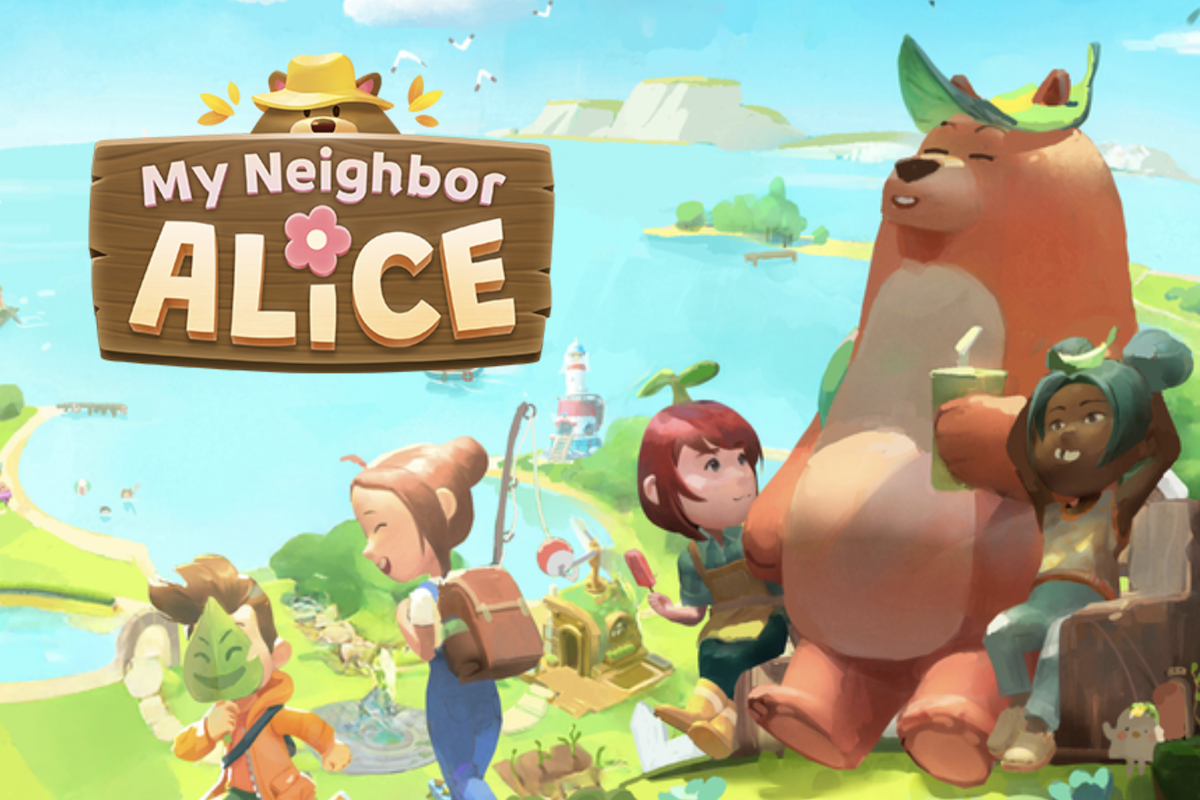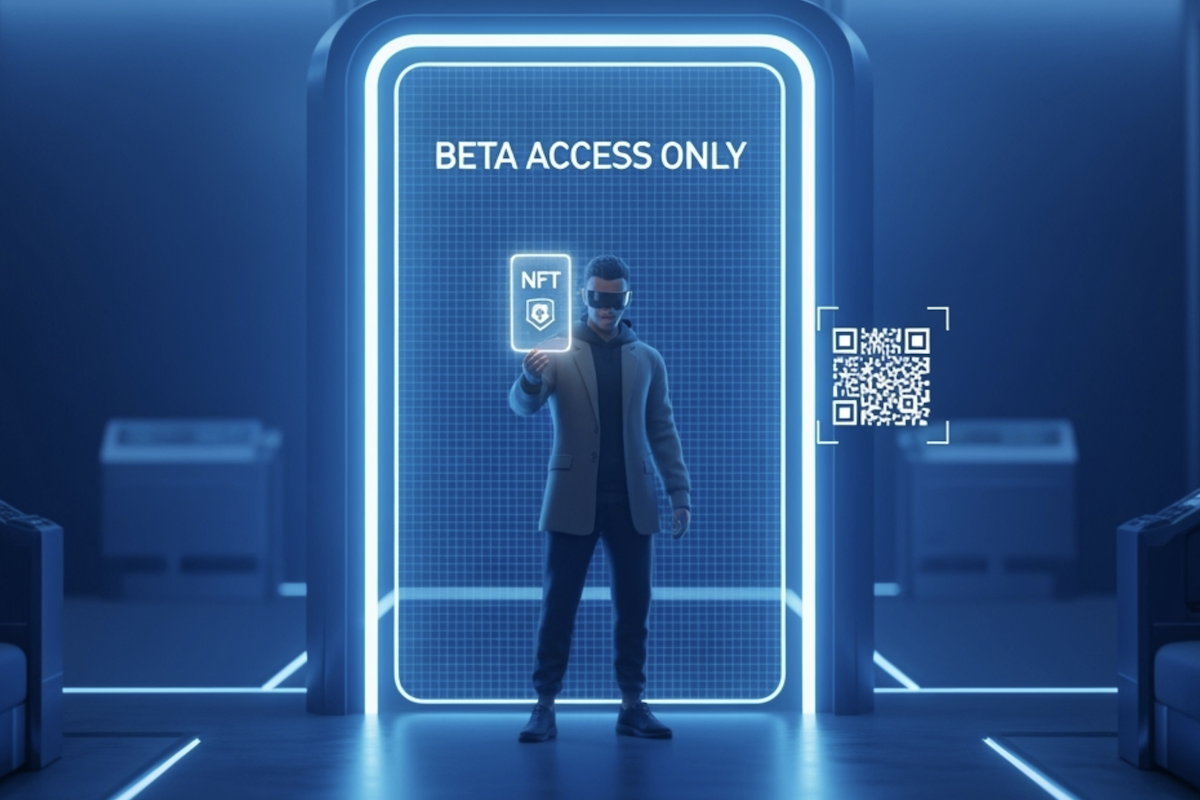Top Metaverse Games: What to Play Now
Discover the top metaverse games of 2024 and explore immersive virtual worlds with real-time social interaction and economic opportunities.

Are you eager to know about the top metaverse games? Metaverse games are offer an immersive virtual world in which one can socialize, explore, and also earn. Here are our top picks for you this year.
Key Takeaways
Metaverse games immerse players in connected virtual worlds with real-time social interaction and economic opportunities.
Leading metaverse games for 2024, like Illuvium, The Sandbox, and Decentraland, offer best-in-class, unique, and immersive gameplay, combining storytelling, user-generated content, and economic systems.
The key technologies driving metaverse games are blockchain for asset ownership, AR/VR for immersive experiences, AI for personalized interaction, and IoT for integrated connectivity.
Understanding Metaverse Gaming
Metaverse gaming is a paradigm shift from traditional gaming, offering:
Immersive, virtual, and interrelated space in which players can perform in real-time
Dynamic virtual worlds that continuously change
The excitement of real-time interaction
Experiences so completely immersive that players really feel they are a part of an alternate reality.
Unlike traditional games with limited social interaction and more static experiences, the level of engagement and immersion afforded by games created within the metaverse introduces a new level of experience.
While playing a metaverse game, one might listen to a virtual concert at one time and then explore an alien world the next time or perhaps construct a digital empire, while real-time interaction with other players is taking place. In addition to immersive experiences, metaverse games also offer social interactions and economic opportunities. People can play with models like play-to-earn where they make friends, attend virtual events, or even receive real-world income.
Most of them harness the power of the underlying blockchain technology for their economic systems, giving players an ability to exchange in-game assets with real-world value. This amalgamation of social and economic factors forms a vibrant gaming community in which people are empowered to shape their very experiences and even contribute toward game development through user-generated content.

Evolution of Metaverse Games
The concept of the metaverse is as old as science fiction and early virtual reality environments. It actually dates back to 1992, as popularized by Neal Stephenson in his publication "Snow Crash," referring to a shared virtual space where people interact as avatars. The very first written works that conceptualized a virtual world are William Gibson's "Neuromancer" and the 1950s and 1980s film "Tron.".
The first real simulation was created in 1962, the "Sensorama," a 3D movie with various sensory effects. The concept of the metaverse owes so much to the innovation of early virtual games and the massively multiplayer online (MMO) genre. Early games such as 1997's "Ultima Online" and 1985's "Habitat" are regarded as some of the earliest archetypes that created connected virtual spaces wherein people could interact with others. Next in 2003 was "Second Life," where players were able to create and monetize virtual content, marking new life for user-created virtual worlds.
These milestones have primarily come from significant tech companies in the metaverse recently. In 2021, Facebook rebranded to Meta in pursuit of taking its mission to develop the metaverse further. At the same time, Microsoft introduced "Mesh" as a flagship experience to allow people worldwide to realize the potential and possibilities of virtual collaboration and interaction beyond any limits. Metaverses, due to the internet, have turned exponential in growth and now are able to support just any activity you can think of—socializing, playing, shopping, education, working—all while doing these activities in these computer-generated worlds. These milestones have set up the scene for the current explosion of metaverse games, and they are now presenting players with near-limitless immersive experiences.
Top Metaverse Games to Play in 2024
As we dive into 2024, te pick of the top metaverse games is more varied and thrilling than ever. Therefore, important criteria in picking the best metaverse games are:
Player engagement
Graphic quality
Smooth gameplay mechanics
A thriving community
These elements do not simply make players entertained but also give them the sense of achievement and connection in the virtual world.
Among the top metaverse games to enjoy in 2024 are going to feature a fusion of singular gameplay, immersive storytelling, and experiences sculpted by the community. From catching mythical creatures in Illuvium to creating your own virtual world in The Sandbox, these games will really offer you infinite possibilities. So, if you're either a seasoned gamer or a complete novice to this metaverse lark, these are going to be must-plays for you.
Illuvium
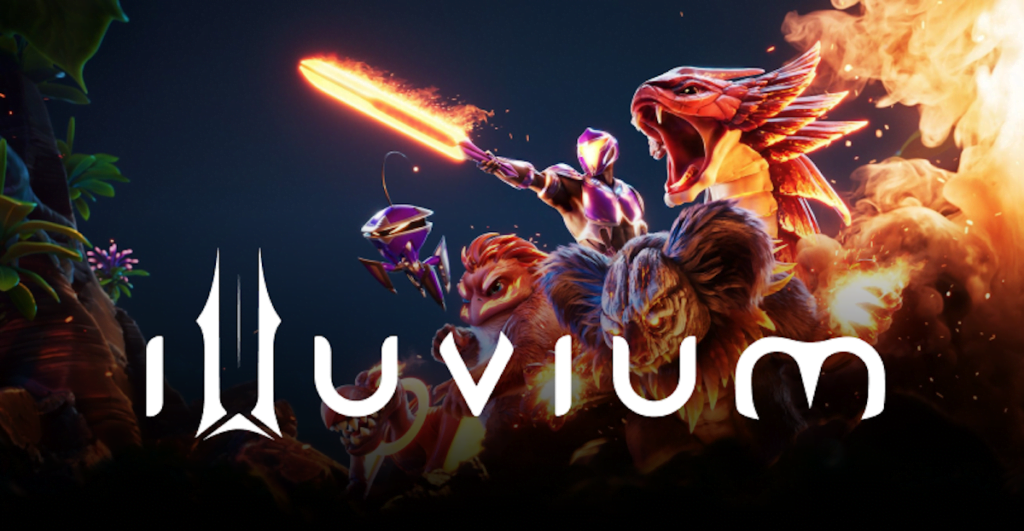
Illuvium stands out on this list as a true triple-A blockchain game in which
Capture and trade of mythical creatures, Illuvials, the NFTs of which were minted.
Observe various settings in order to retrieve the beings
Take Shards or Relic Healing before entering the boss fight.
This mechanic in gameplay adds a lot of depth, besides just being adventurous and always in the realm of discovery.
The game is made even more exciting with the marketplace features of Illuvium, in which all the community can take part. Players will be able to trade their Illuvials in this market and be rewarded from the real world, while contributing to a dynamic in-game economy. This mix of endless gameplay, economic opportunity, and social interaction makes Illuvium a standout title for 2024 in the metaverse game landscape.
The Sandbox
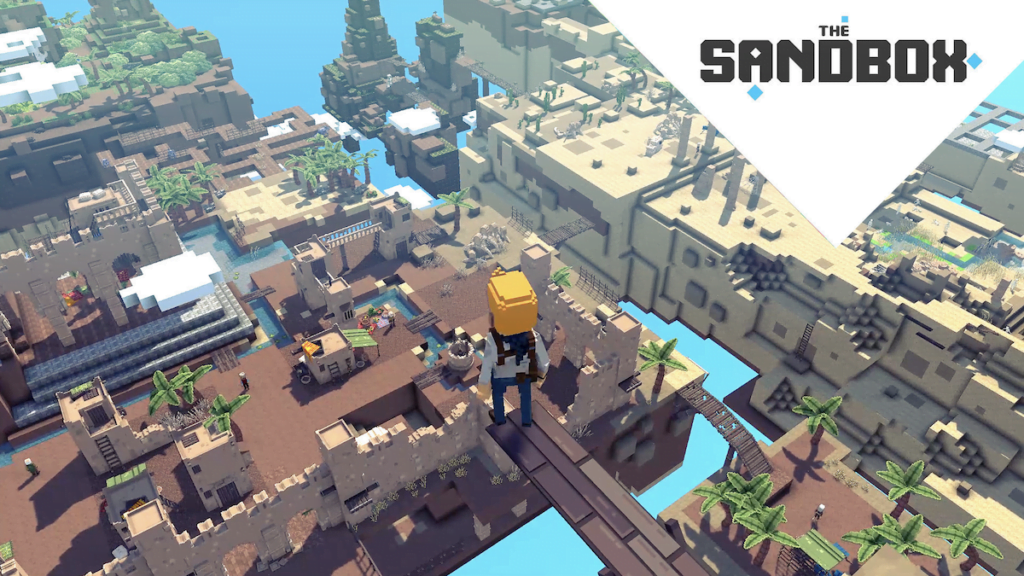
The Sandbox is a metaverse game allowing players to create, own, and monetize their gaming experiences using user-generated content. Its features range from customizable avatars, the ability to create 3D games with no prerequisite of having coding knowledge at all, hence even complete novices at being a game maker are welcomed. It empowers players with the idea that they can:
Bring their creations to life within a virtual world
Work alongside other people to create and design unique game experiences
Make money from their creations by earning rewards in the game's marketplace
Economic aspects are heavily engaged with The Sandbox, from which players can now represent their virtual assets as NFTs. These two kinds of virtual assets can be bought or sold in the game's marketplace with SAND—the native token used in the metaverse. It is through this powerful community of creators and players that The Sandbox has become such an attractive metaverse game to explore come 2024.
Alien Worlds
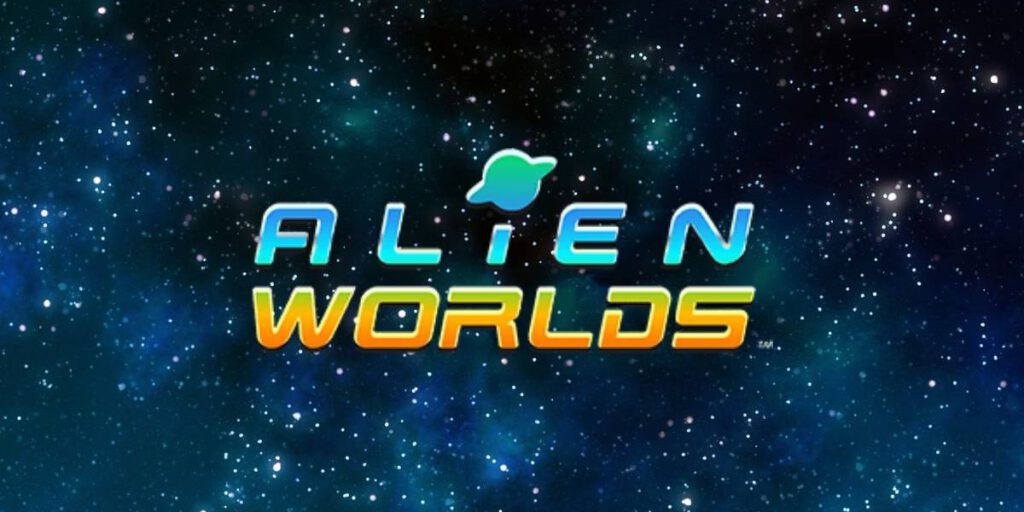
Released in 2020, Alien Worlds allows its players to:
Travel to six different alien worlds
Engage in various activities
Mine the in-game currency of Trilium by performing mining duties
Battle against fellow adventurers
Alien Worlds also puts governance features on their gamification, for example, via voting on the future development of the game. The fact that a game can represent assets like planets and tools ensures they have a form of ownership in the game, being tradable by players using NFTs. That wraps up in one thrilling 2024 metaverse game featuring exploration, resource management, and play-driven governance—a place where users will become gods of the new world.
Decentraland

Decentraland is a virtual world where players are able to purchase, develop, and exchange virtual land, all made smoother by using cryptocurrency to do so. Such lands are presented as NFTs, making it possible for gamers to actually own some part of virtual property. User-generated content saw an even higher refinement in 2021 with the introduction of a Beta In-World Builder, simplifying things for players in creating and customizing their virtual experiences.
Now, Decentraland has become popular for its wide and expansive user-generated content, combined with the many partnerships it has involved with multiple companies. Players can use the platform's cryptocurrency, MANA, to buy LAND in which to develop their desired virtual experiences, which can then be visited and interacted with by other players. So, mixing the whole ordeal of creativity and economic opportunities into a gumbo pot is one of the best things that a metaverse, and in essence Decentraland, could probably have done going into 2024.
Axie Infinity
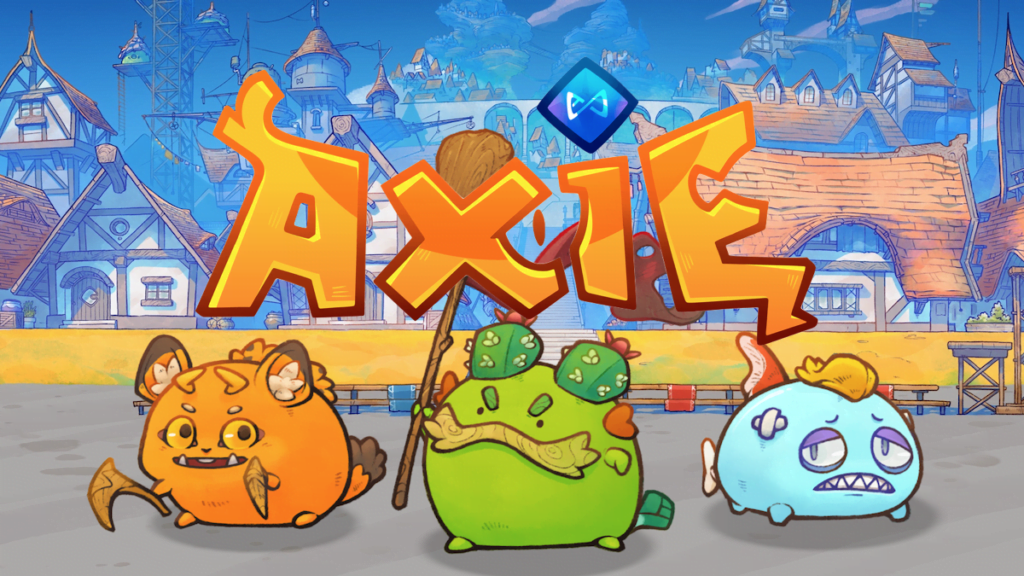
Axie Infinity has gained popularity for its gameplay and economic model. Players can:
Raise, collect, and trade Axies, the only creatures you can own with interchangeable body parts
Battle and more with your Axies
Win SLP (Smooth Love Potion) tokens in battle and by breeding.
The game economy is designed to be token-based, in which players get a unique chance to earn rewards for their fun in the game.
The large community in Axie Infinity actively breeds, battles, and trades Axies, which creates an active environment. Now, this mix of fun, economic incentives, and supportive community is what sets Axie Infinity apart as a metaverse game.
My Neighbor Alice

My Neighbor Alice is an adorable metaverse game that lives on the Ethereum blockchain, which lets players immerse themselves in an endearing virtual world. Players will purchase and customize their islands by filling them with live and all sorts of farm work. It's an interesting and creative game for social activities—good game for people who have the desire to build, design, and customize their virtual environments.
In-game assets in My Neighbor Alice are represented as NFTs, including:
Characters
Houses
Furniture
Other items
Users can, of course, trade these NFTs at the Alice marketplace for real cash based on their virtual efforts. The game, in turn, also insists on users interacting and getting to make new friends, thereby inculcating a strong sense of community spirit.
Such creative freedom paired with economic opportunities and social engagement makes My Neighbor Alice a very welcome addition to the metaverse gaming space.
Roblox
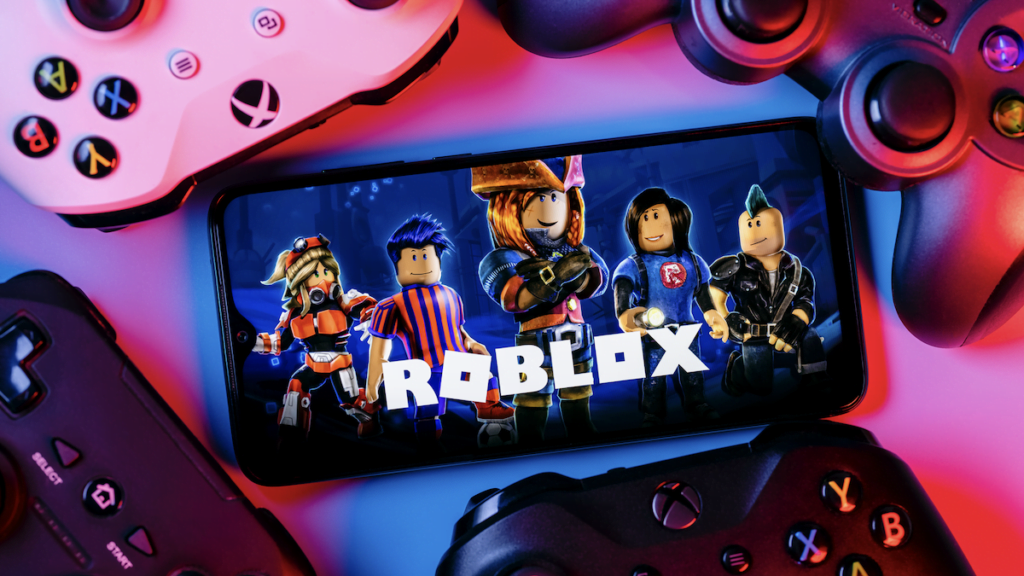
On the one hand, Roblox is a giant within the metaverse of gaming, with millions of active users and the biggest amount of user-created games and experiences. Among these are:
User-generated content: Players can build and share their own minigames.
Dynamic and ever-evolving
Enticing Enjoyable and Social Engaging
It's appeal to gamers of every age, though younger gamers are the main targeted audience of the game.
With such a massive community and endless possibilities to create new forms of content, Roblox is the best metaverse game people need to try out in 2024.
Minecraft
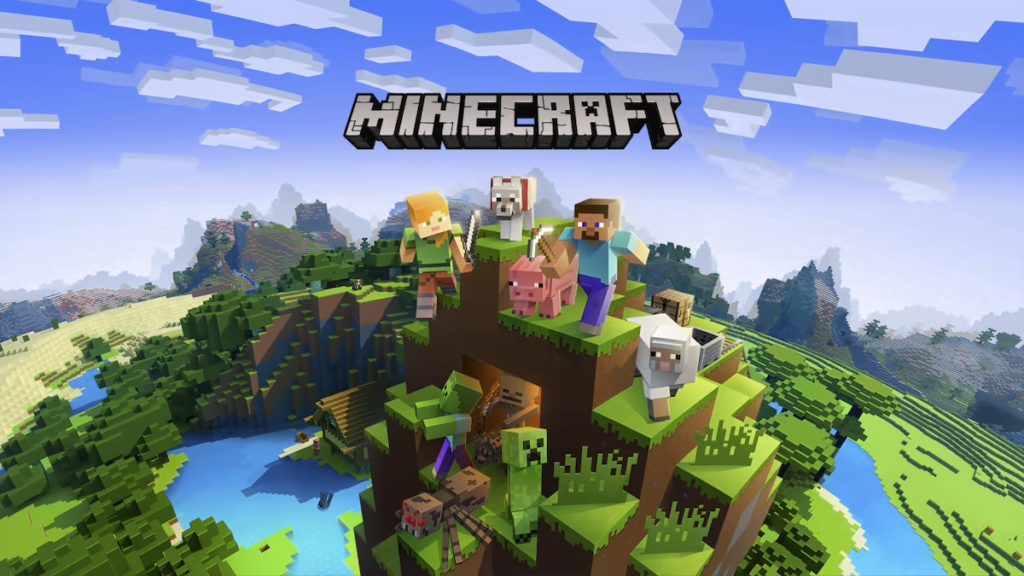
By playing this game, you are basically immersing yourself in the open world of infinite creative opportunities and in virtually unlimited educational value. In its enormity and diversity of biomes, resources, and creatures, the Vast World—a miner's urge to mine—is called for in resource crafting and construction. The game inspires creativity and problem-solving skills.
This aspect of Minecraft has consequently developed into a very potent teaching tool, with many editions and mods specifically developed to teach the game in various subjects such as math, history, or coding.
The power of education in games resonates strongly across classrooms around the world and makes learning a whole lot of fun. And with its strong online community, where servers are focused on specific themes, events, and game modes, this further boosts the metaverse appeal of Minecraft. Players can interact, build together, and show off their creativity; therefore, Minecraft is a very dynamic social platform within the metaverse space.
Star Atlas
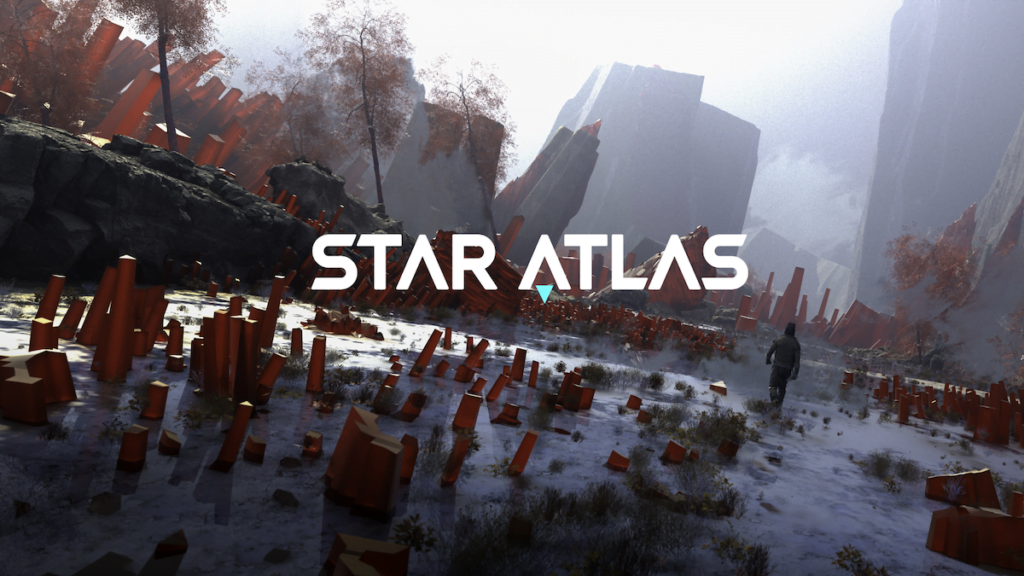
Star Star Atlas delivers a fully immersive space experience for those with aspirations to travel across the cosmos and engage in strategic gameplay. The gaming experiences enable players to interact with these assets through NFTs representing starships, equipment, and a host of other things that can be traded on the marketplace.
The ATLAS token is what participants use as a means of interacting with the economic system within the game to buy, sell, or trade game assets. Players earn money by selling in-game items as NFTs on the in-game market; they even have a way to exchange ATLAS tokens for extra earning within the economy system. All these elements together—space exploration, strategies, and an ever-everging in-game economy—make Star Atlas a super exciting metaverse game
Battle Infinity
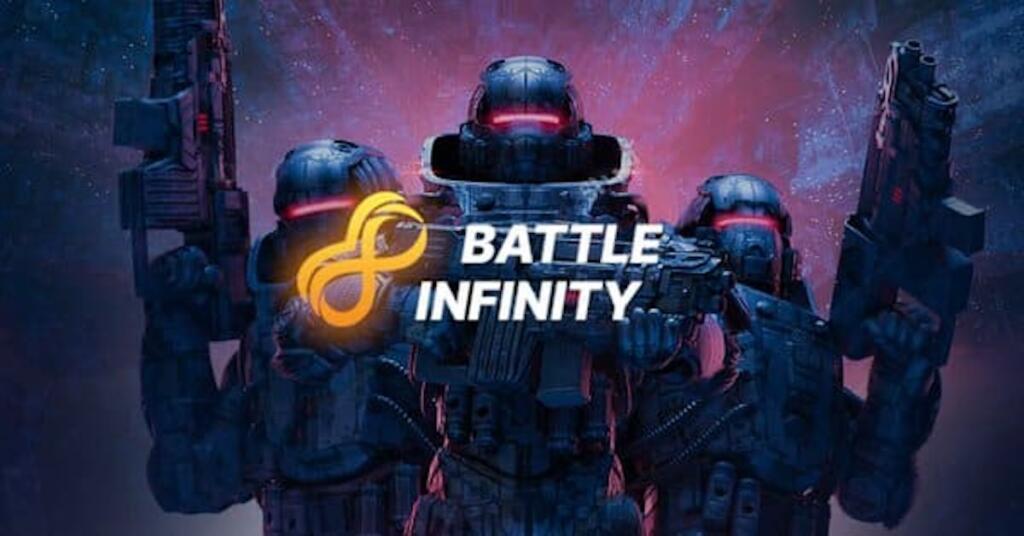
Battle Infinity serves as a gateway for fully immersive gameplay within a decentralized ecosystem, enabling players to own in-game assets. What this means is that the IBAT token lies at the core of this metaverse game since it would stand as the only decentralized platform that allows players to create and share games with other participants. Features of the game include: A game economy built where everything within the game can be traded, from equipment, weapons, and more items to what we call our native token, which is IBAT. By decentralizing ownership, players obtain a more significant say in control over their possessions. Creative freedom for exploration within the game world Economic Opportunities: Players can make money through in-game activities and sell these virtual assets.
Key Technologies Driving Metaverse Games
Some of the main technologies that drive the metaverse of gaming include:
Blockchain: really important for decentralized ecosystems; assures real, true ownership to the players of in-game assets
AR/VR: Plays an integral role in creating metaverse experiences, with developments in 3D screens and low-powered devices improving virtual realities.
AI: It majorly plays a role in the emergence of more interactive, personalized, and real-life user experiences, enabling real-time translations, and advancing user interactions.
IoT: This will allow devices to easily interface with the metaverse for further immersive and interactively game.
Edge computing: permits low-latency processing and data storage, consequently allowing real-time interactions without a high dependency on centralized servers.
These are the technologies responsible for reshaping the future of gaming.
The Internet of Things allows real-world data to be embedded and hence improves the accuracy and realism of a virtual environment. The following technologies are fundamental for the growth and development of metaverse games in providing players with seamless, immersive experiences:
3D reconstruction technologies mimic the real world to recreate realistic environments
Edge computing guarantees data transfer at very high speeds and decreased delays
5G technologies allow for faster and more reliable connections
These advances are necessary to accomplish the creation of a truly immersive metaverse gaming experience.
Economic Systems in Metaverse Games
Real economic systems are related to most of the economic systems that take place within a metaverse game because basically, players make some money through gaming activities. This cryptocurrency happens to be a key medium for exchange with which all the buys of resources and items are made. The whole GameFi economy actually covers the digital assets and currency that are relevant to facilitating the completion of tasks and the engagement in quests. The economic system enables the player to immediately realize his or her effort in the world of games.
Here are a few examples of economic systems in some metaverse games:
Decentraland, in which players earn MANA by creating and selling assets, attending events, and participating in games
Axie Infinity, a game in which players can get SLP by winning battles to exchange them for Ethereum or any other cryptocurrency
My Neighbor Alice, which uses the ALICE token, allows players to earn in-game tasks through trading and NFTs representing in-game assets.
As the examples show, metaverse games are economically viable places for users to realize in reality some kind of value through virtual interactions. In doing so, players can bridge the divide between their lives online and those in reality: closing the gap between the digital space and reality, if you will.
Challenges and Opportunities in Metaverse Gaming
Well, while the metaverse does bring exciting opportunities, there are as many challenges that it accommodates. Some of them include:
Identity authentication: Do players accept that their avatars are in some manner actual representations of themselves?.
Data privacy and security: Given the wide scope of such broad virtual worlds, there is a potential for data abuse and misinformation.
Legal complexities: ownership of intellectual property in AI-created content, and verification of ownership rights to digital assets, can be challenging.
These challenges must be countered for the realization of the full potential of the metaverse. Despite the said difficulties, there are huge opportunities in the metaverse gaming market. Key initiatives and factors driving growth of the metaverse gaming industry are summarized below.
The European Commission's strategy for Web 4.0, which will create an open, secure, and inclusive digital environment while supporting the growth of the metaverse.
China's Ministry of Industry and Information Technology sets standards to keep pace with global advancements.
Technological innovations and rising investments in the market.
These combined with technological innovations and growth of market investments allude to promising scenarios in metaverse gaming.
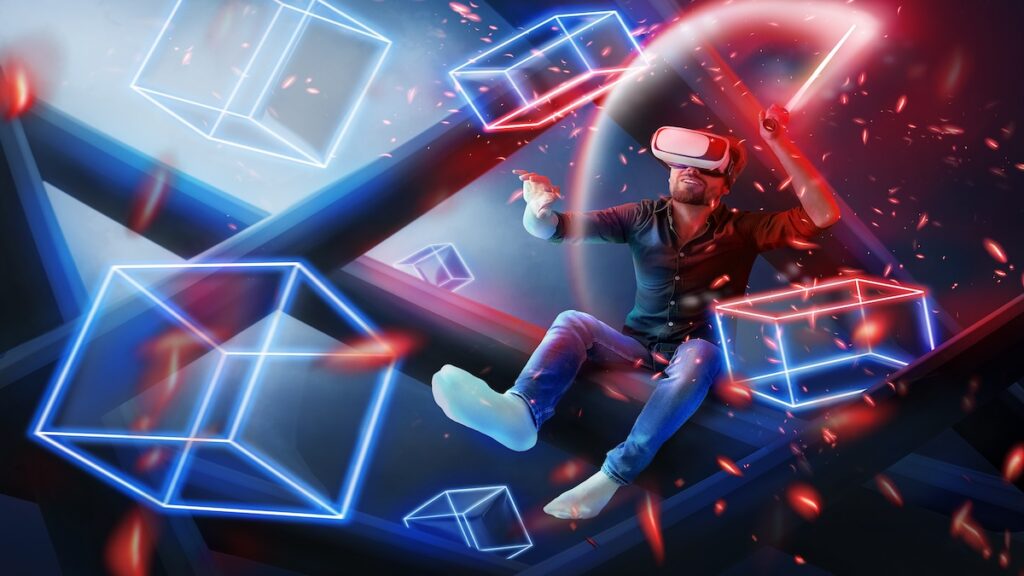
Future Trends in Metaverse Gaming
The future of metaverse gaming is huge because with advanced technology coming into place and user requirements evolving, there's going to be a radical reshaping in the industry. Major advances in VR and AR technologies are improving the quality and immersiveness within virtual worlds. Meanwhile, technology companies like Apple and Meta have both made significant hardware releases that set the stage for huge strides within metaverse tech by 2024. There will also possibly be a recently FDA-approved human clinical trial for brain implants by Neuralink, shaping the next phase of metaverse advancement.
Here are some key important developments that are coming in the future of the metaverse gaming field:
Developments in VR and AR Technologies
Virtual Worlds: Vivid and Engaging
Innovation of new gadgets by technology gurus
How Brain Implants Could Change the Metaverse
All these changes and innovations are shaping the future metaverse gaming world into an enabler of new possibility for both players and developers.
The metaverse gaming market has grown at a skyrocketing rate. Investment in the industry has been predicted to balloon in the coming years. Sandbox games have attained greater popularity and are expected to grow at a much higher rate within the metaverse. The future is based on powerful technologies and, of course, changing player demands. This change defines a new era and fundamentally new horizons of game experience.
Key points:
Accelerated growth for the metaverse gaming market
Sandbox games are gaining popularity
Metaverse gaming is the future
Major shift taking place in the industry
Summary
In a nutshell, the metaverse is taking the gaming experience itself to a next level—immersive, social, and economic. The best metaverse games of 2024—from catching mythological creatures on Illuvium to creating your virtual world in The Sandbox, there's something for everyone. Economic systems in metaverse games actually have a legit value, all mainly powered by key technologies like blockchain, AR/VR, AI, and IoT. Some challenges might present themselves immediately, for instance, in the manner of identity authentication and data privacy, but the wide array of opportunities and futuristic trends are an indicator of pretty good times ahead for metaverse gaming. Step into these virtual worlds and be part of the future of gaming!
Editor’s note: This article was written with the assistance of AI. Edited and fact-checked by Owen Skelton.
